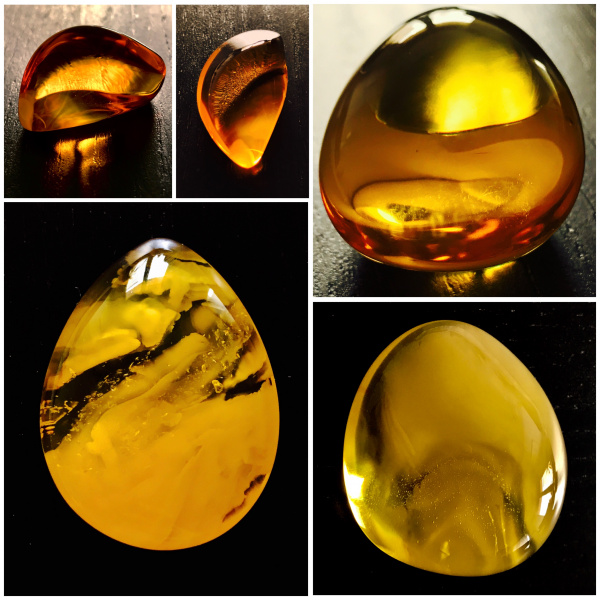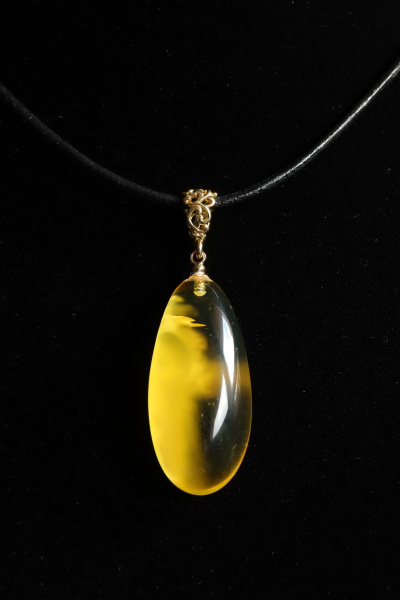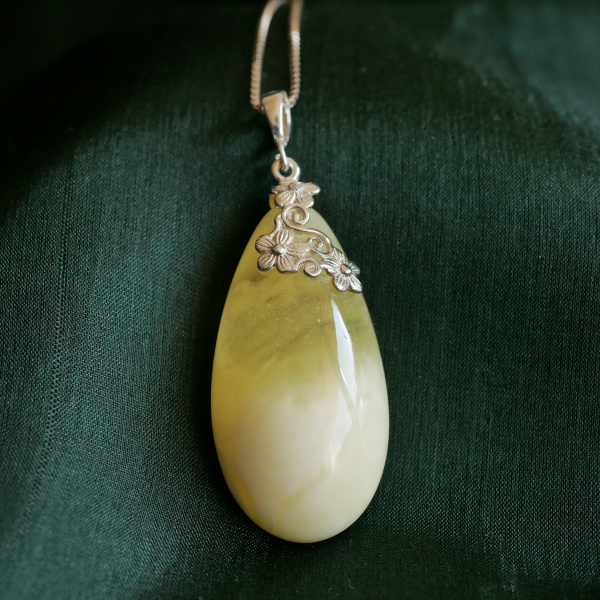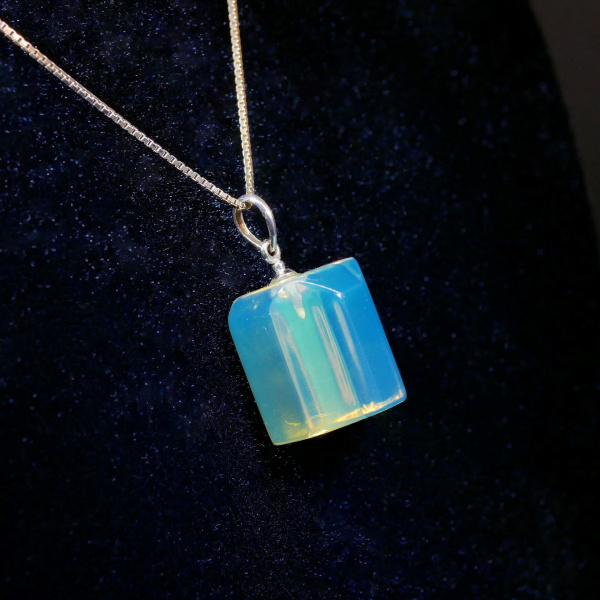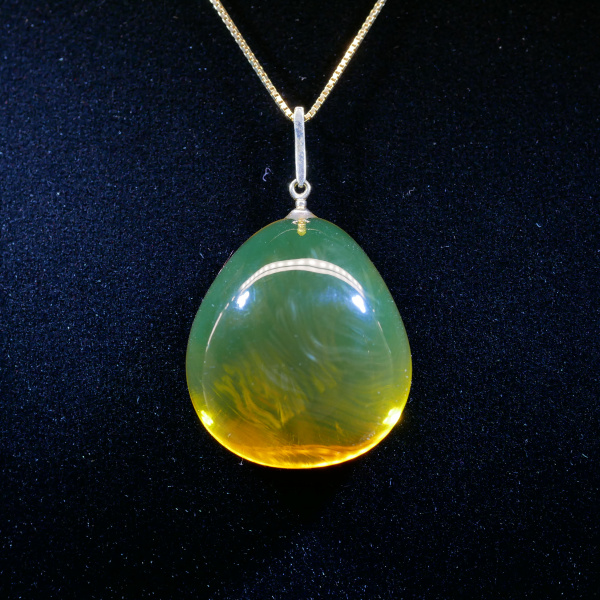What Is the True Colour of Amber?
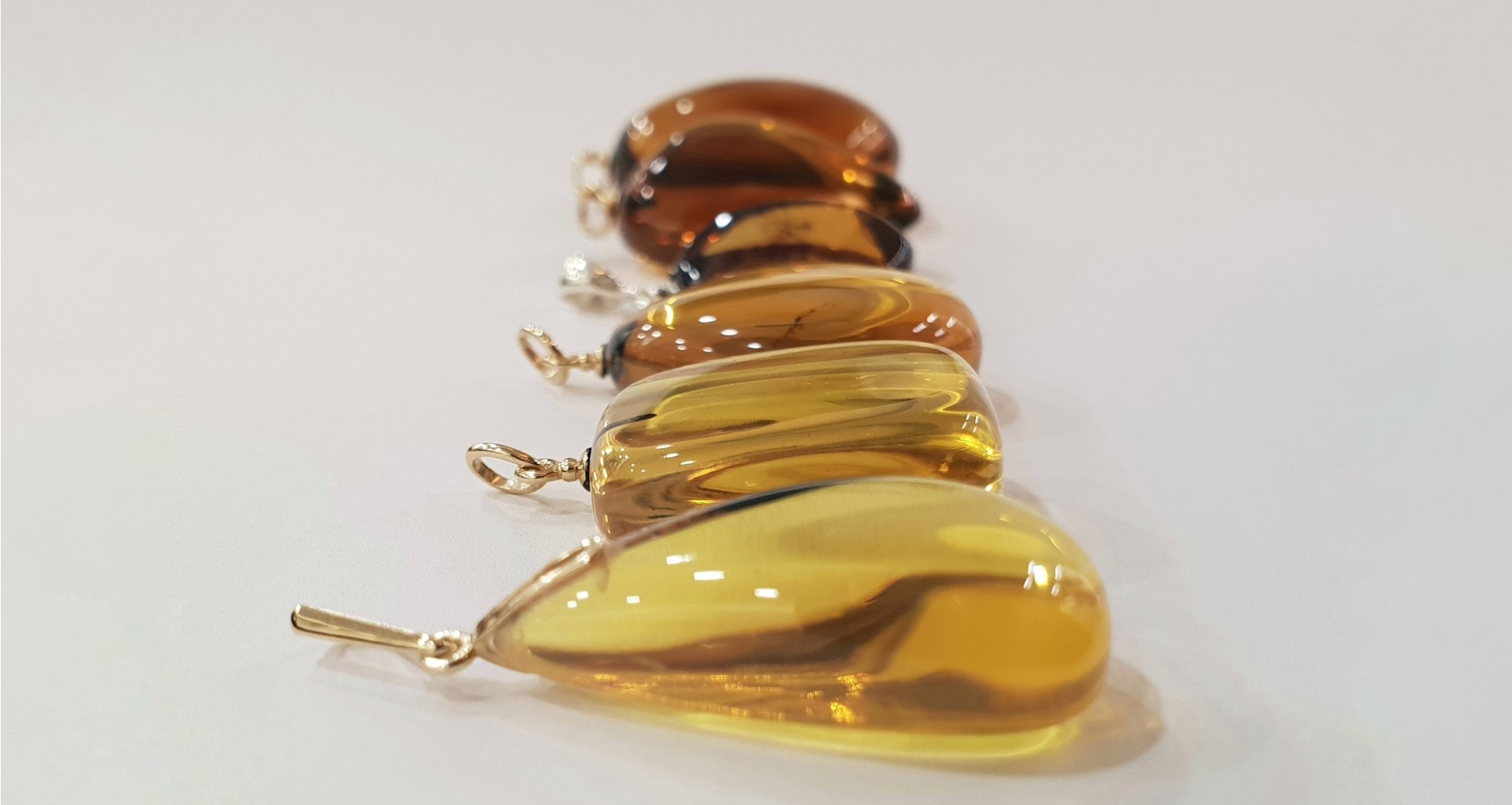
Among the most diverse colours in the world, we also often talk about “amber colour”. However, what is it really like? Yes, of course, you probably immediately think of that cognac colour, bright brown or dark honey yellow. But when we attribute just this one shade to amber, we do it a disservice. The cognac colour is only a tiny fraction of all the colours and shades that appear in the world of amber. Its world is very varied. In addition to the location and conditions under which amber fossilised, the type of tree from whose resin amber was formed contributes to the wide range of colours.
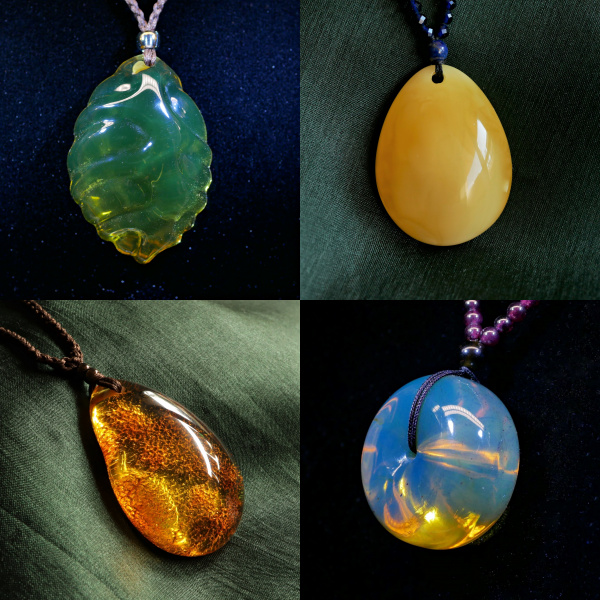
Photo: Natural amber can also be green, blue or reddish. In addition, amber likes to play with light. Dominican will turn green or blue. If you don't sand the bark of transparent Baltic amber, it will remain a rusty red colour, which is the colour of the bark of raw amber.
Where can we find amber
Baltic amber is the most famous of its kind, and it has the longest history of use in the jewellery industry. However, it is by no means the only one of its kind. Amber formed in many places on our beautiful planet. Apart from the Baltics, other major deposits are or have been found, for example, in Sicily, Romania, Germany and Ukraine, and outside Europe also in Burma, Sumatra, Madagascar, Mexico and the Dominican Republic. Even in the Czech Republic, amber has been found near the village of Valchov. It was named Valchovit after its location. Amber from different localities is characterised by its different appearance. Sometimes it is possible to tell at a glance where a piece comes from. Baltic and Dominican amber are the most suitable for jewellery making. When polished, it has a high lustre and high light refractive index.
Photo: Transparent amber of the highest quality looks like a petrified drop of oil. You don't even have to be an expert to know right away that it is a gem. Of course, the polishing process is also very important. This is the know-how that every workshop guards.
Origin and forms of Baltic amber
Baltic amber, also called succinite, comes from various species of the now extinct conifer Pinus succinifera trees. There are estimated to be up to around 350 species of conifer. Baltic amber has the highest proportion of succinic acid of all the species. It accounts for up to 8 % of its total weight. The richest deposits are estimated to be in the Kaliningrad region, as well as in northern Poland, Lithuania and along the Baltic coast. Its age is estimated at approximately 28 to 54 million years. It is older than the Baltic Sea itself. Under a yellow-brown layer of oxidised crust Baltic amber tends to be transparent, semi-transparent or completely opaque, called milky. It offers a wide range of colours, from snow-white to beige, lemon yellow, honey, orange, reddish and brown. The Polish scientist Adam Chetnik, in his Little Dictionary of Amber Varieties, defined around 200 variations. However, the variety of colours and forms of this organic gemstone does not end there. Nature has really played with amber and "painted" thousands of beautiful, most original designs in it. It could easily be exhibited in the Louvre alongside the world's most famous painters.
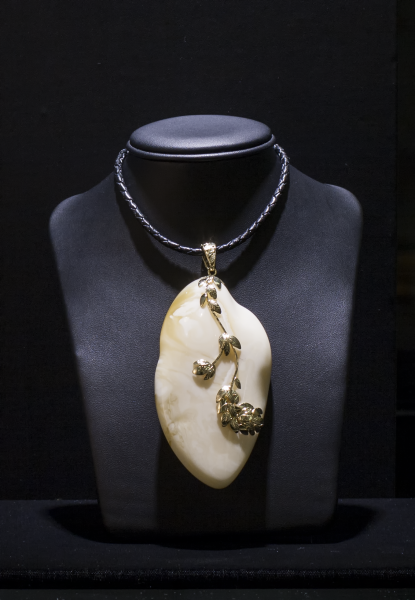
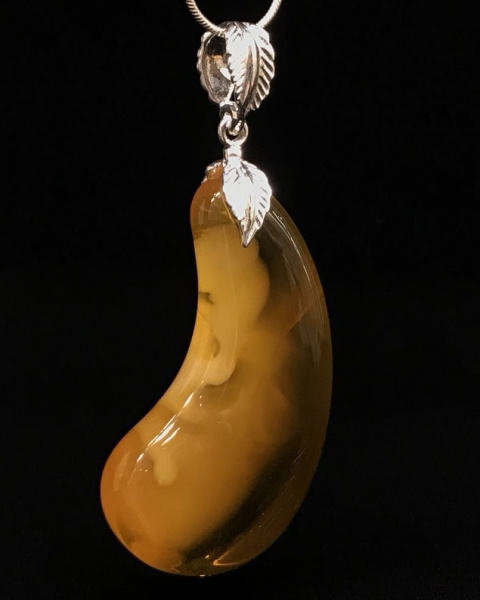
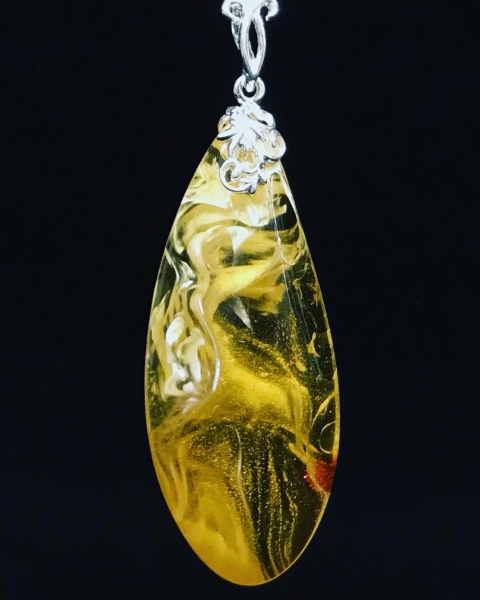
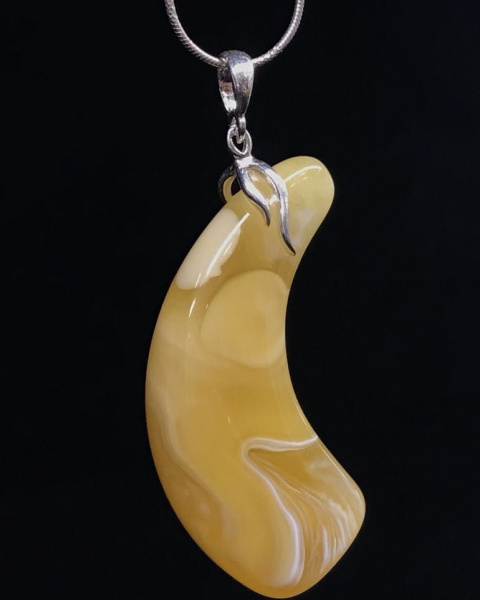
Photo: This is just a small fraction of the variety of forms and patterns found in Baltic amber.
In Baltic amber we often encounter an opaque form. In the course of fossilisation, microscopic bubbles formed in the amber under very specific conditions, i.e. under certain temperature, humidity, pressure, etc. The more bubbles, the more opaque the amber became. The largest number of microscopic bubbles are in white amber. It is estimated that there are up to 900,000 bubbles per 1 mm3. By comparison, yellow opaque amber has only 25,000 bubbles per 1 mm3.
Photo: This process can be seen beautifully in this pendant, for example. At the bottom, the amber is white, completely opaque. In the upper half, you can see tiny bubbles that somehow "cloud" its transparency.
Special features of amber from the Dominican Republic
Dominican amber comes from a tree - the legume Hymenea protera, which is now extinct. Today, similar species of this tree, such as the Hymenea courbaril, grow in South America or Africa. This one also secretes a lot of resin, but we certainly will not get amber from it... At least not for the next few tens of millions of years. Dominican amber is a very rare species. It's specific in colour and optical properties. It reflects green and blue waves of the light spectrum, so it turns green or blue on a black background. However, the colour of amber itself is yellow. More specifically, it ranges over a very wide palette, from pale yellow to orange and reddish brown. Very, very rarely indeed, does blood red amber appear. We have had one single piece of blood red amber in all the time we have been working with amber. It originated from the Dominican Republic and it was really beautiful. Blue amber is also very rare. It's also known as the "king of amber". At its highest quality, its price is comparable to that of the finest natural diamonds.
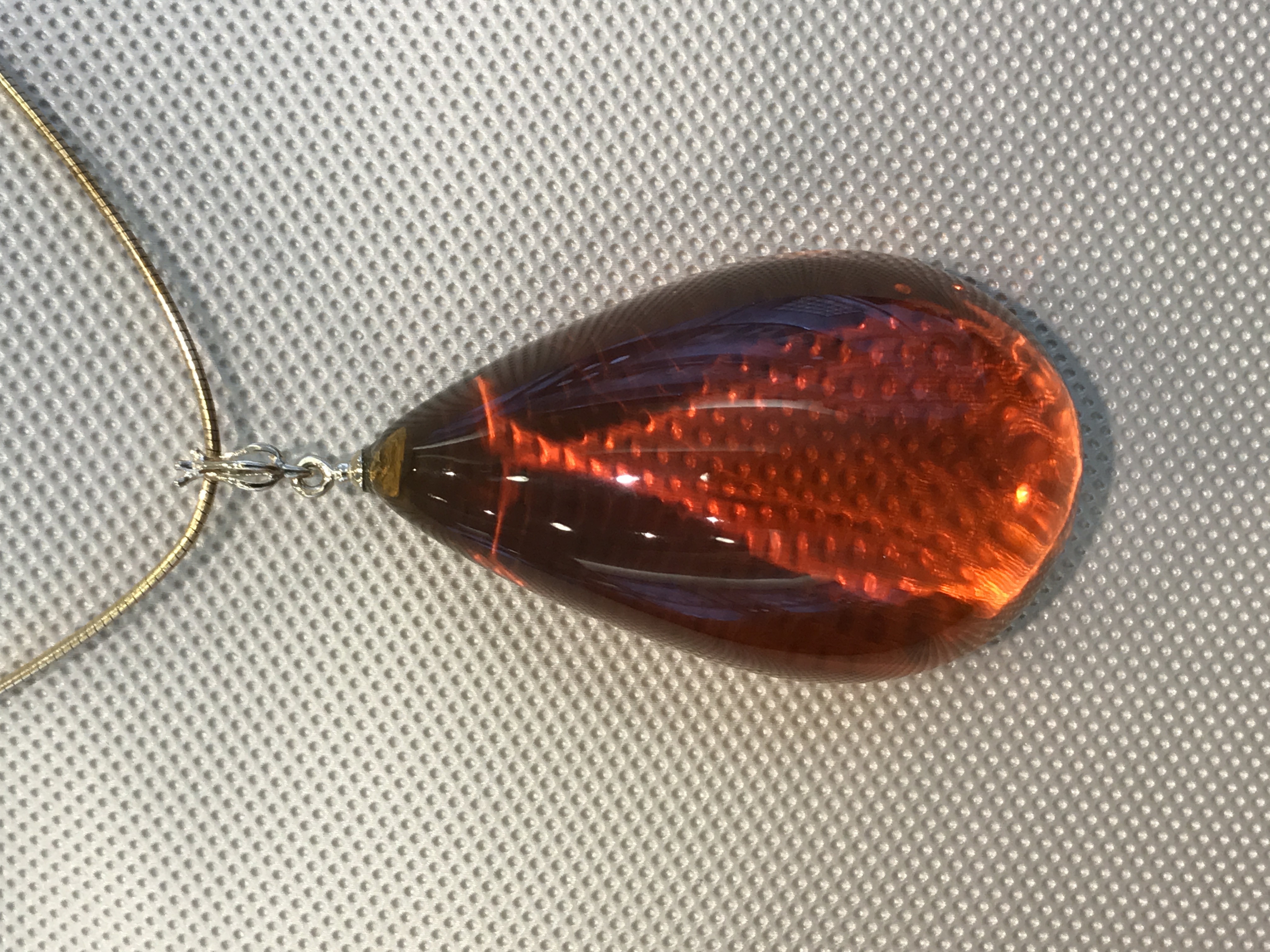
Photo: The blood red amber, I didn't even manage to take a picture. It was so beautiful that the first customers who saw it bought it. I still remember them to this day and I'm glad it got into the hands of nice people. This piece you see in the photo already has a subtle tea shade. But it was beautiful too.
Photo: Dominican blue amber of AAA quality, so called sky blue. The colour of the amber itself is light yellow, it has a high lustre and the faceted cut looks beautiful.
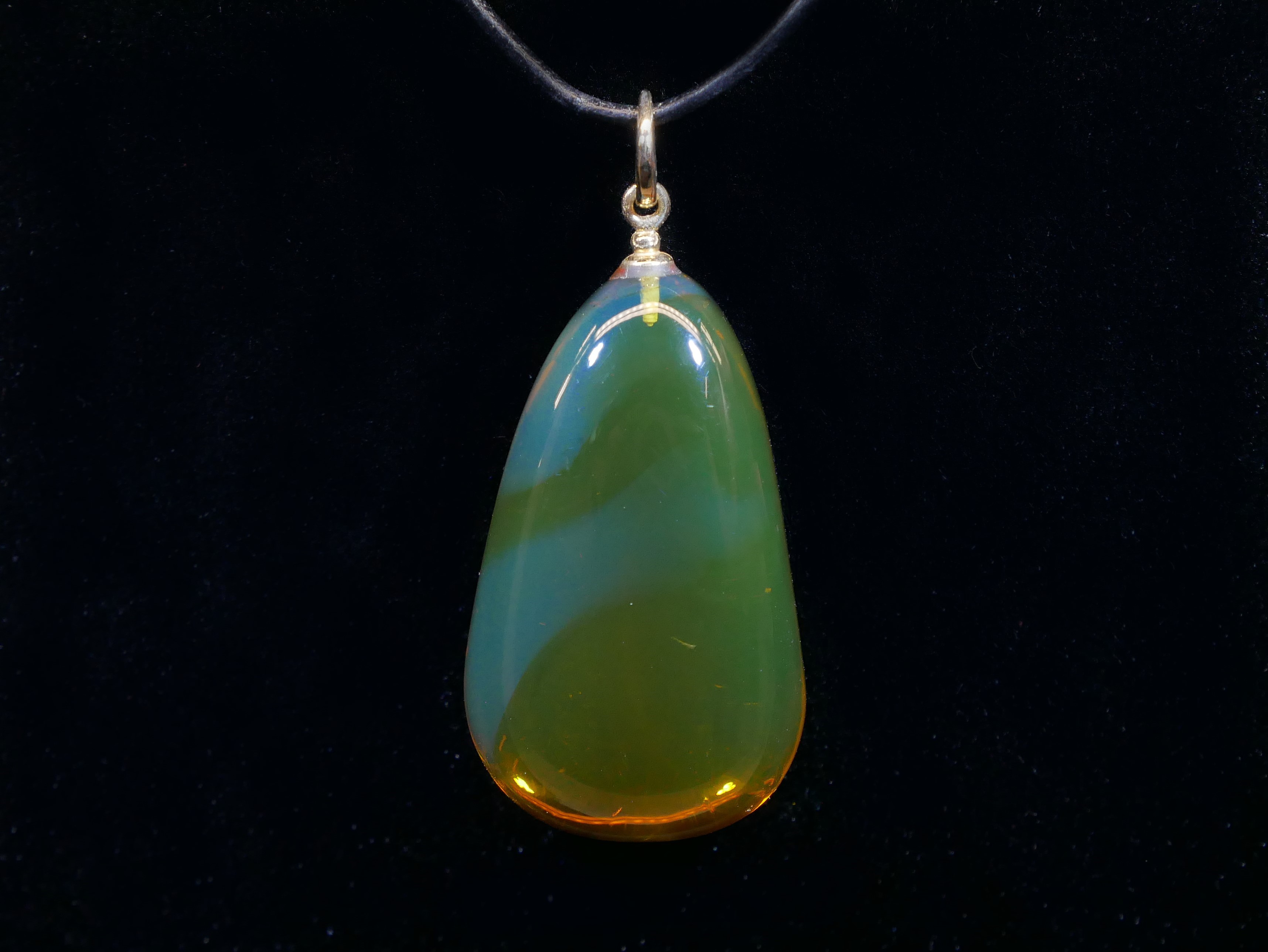
Photo: Green-blue Dominican amber is also relatively rare.
Photo: Green amber likes to play with light. Under intense light, the flow of fossilised resin is revealed.
Amber is an altogether beautiful gemstone. And mysterious. It has a soul that can speak to people. All you have to do is listen carefully.

